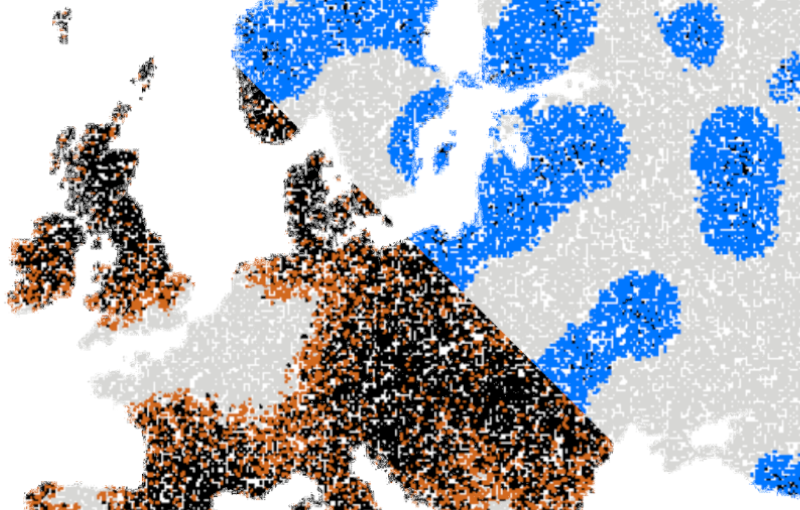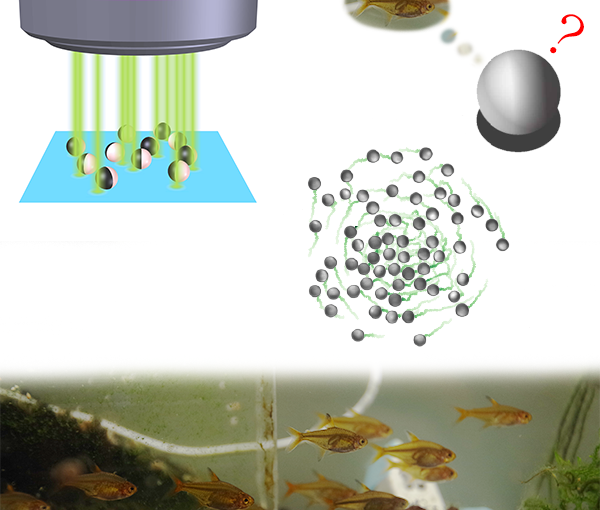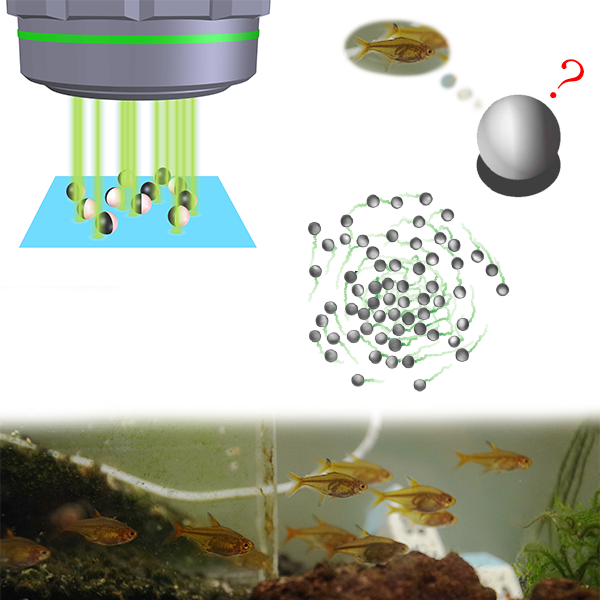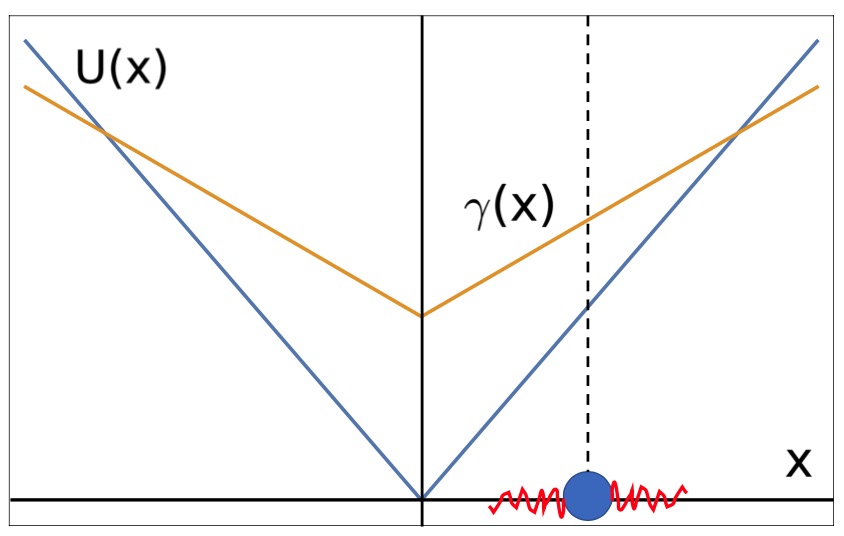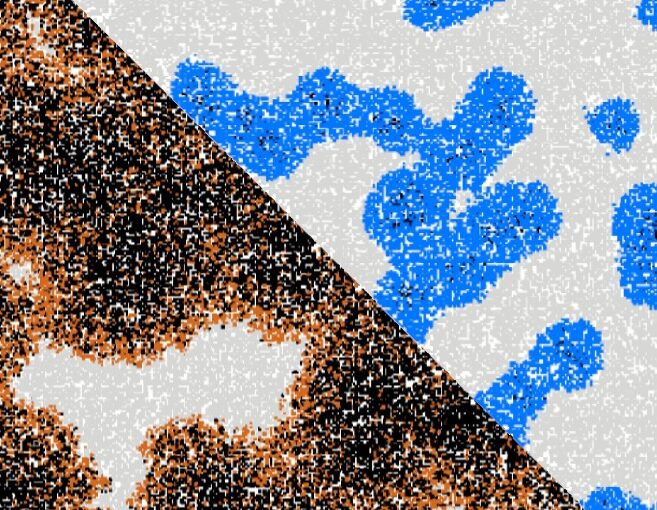
A lot is understood about the ways in which single cells move, but there are still many questions about the motion and organisation of cell aggregates where cells coupled through intercellular junctions show a range of collective behaviours.
This work, which has been recently published Phys. Rev. X 11, 021001 (2021), shows the potential of active nematic continuum models to describe collective cell motion in a three dimensional environment.
Popular Summary:
Active matter describes systems—living and synthetic—where a continuous influx of energy at the level of individual components leads to striking collective behavior among the individual components, such as self-organizing bacteria colonies, bird flocks, or polymers in the cytoskeleton of cells. Understanding their behavior has attracted interest for studies of biological systems—from the spread of cancer to the development of organisms—as well the development of mesoscopic engines. Here, we numerically investigate 3D droplets composed of active matter and the ways in which their shapes change in response to the continuous input of energy.
One striking observation is the continuous formation of fingerlike protrusions, reminiscent of the collective motion of invading cancer cells. By changing the mechanical properties of the drop or the activity level, we find several different dynamical responses: For example, the droplet surface can wrinkle in a way that resembles a walnut or the active forces can drive a dimple in the droplet to grow, leading to a cup shape. Such invagination is reminiscent of patterns seen during morphogenesis.
Understanding the behavior of model systems, here a continuum model of active material, is an important step toward the goal of understanding the role of physical theories in the life sciences.




